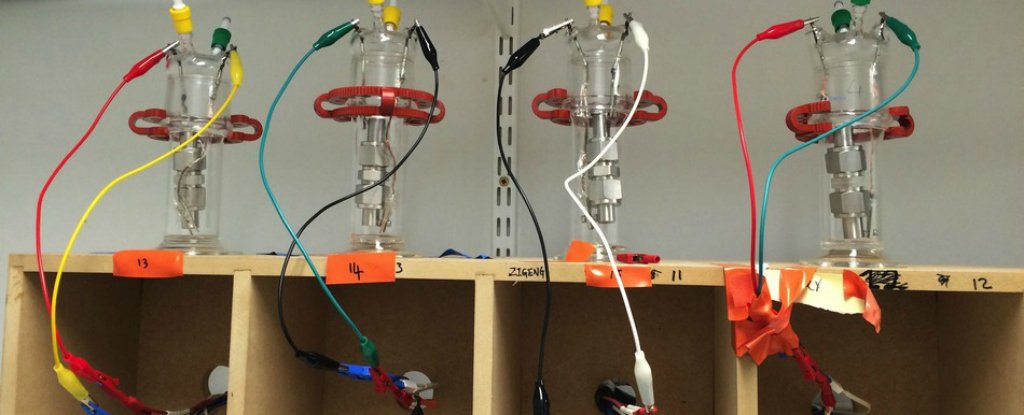Researchers create lithium-air battery that could be 10x more powerful than lithium-ion
http://leapflash.blogspot.com/2015/11/researchers-create-lithium-air-battery.html
This could revolutionise electronics.
A new lithium-air battery created by researchers at the University of Cambridge points the way to the ultimate battery packs of the future, its makers say. With a very high energy density, more than 90 percent efficiency and the capability for more than 2,000 recharge cycles, the new test battery could prove an important stepping stone in the development of this essential technology.
If you're getting tired of announcements about breakthroughs in battery technology, that's understandable: as they're so essential to modern life, many teams of scientists are busy working on the problem around the clock, but it's an incredibly complex area of chemistry. Any new battery has to improve on what we already have, be safe to use in consumer gadgets, and be commercially viable enough to be affordable for manufacturers.
Those are difficult targets to hit, and that's why many 'miracle' batteries have since fallen by the wayside – once the initial lab work is done, proving concepts and scaling up production is very difficult to get right. The potential rewards are huge though, not just for smartphones but for electric cars and solar power, where batteries are essential for storing energy to use when the sun isn't shining.
The idea of a lithium-air or lithium-oxygen battery isn't new – scientists have known for a while that these types of batteries can hold up to 10 times the charge of today's lithium-ion packs (imagine not having to charge your phone for a whole week). What the Cambridge University team has done is overcome some of the practical challenges that had previously prevented lithium-air technology from being a viable option.
The new battery from the Cambridge University lab has a higher capacity, better efficiency and improved stability compared with previous attempts – this stability, crucial if we're to put these batteries into millions of cars and smartphones, was reached by using a 'fluffy' carbon electrode made from graphene. What's more, by changing the chemical mix from earlier versions of lithium-air batteries, the researchers were able to prevent the battery from degrading significantly over time.
"What we've achieved is a significant advance for this technology and suggests whole new areas for research – we haven't solved all the problems inherent to this chemistry, but our results do show routes forward towards a practical device," said Clare Grey, the paper's senior author, in a press statement.
Now for the bad news: this technology is still a decade or so away. The demonstration battery produced by the scientists still needs pure oxygen in order to charge – not something many of us have a ready supply of – and there's still the risk of the battery exploding due to the dendrites (spindly lithium metal fibres) created during the charging process. Eventually, these issues will be dealt with, but it's going to take a lot of research and experimentation first.
"While there are still plenty of fundamental studies that remain to be done, to iron out some of the mechanistic details, the current results are extremely exciting... we've shown that there are solutions to some of the tough problems associated with this technology," added Grey.




